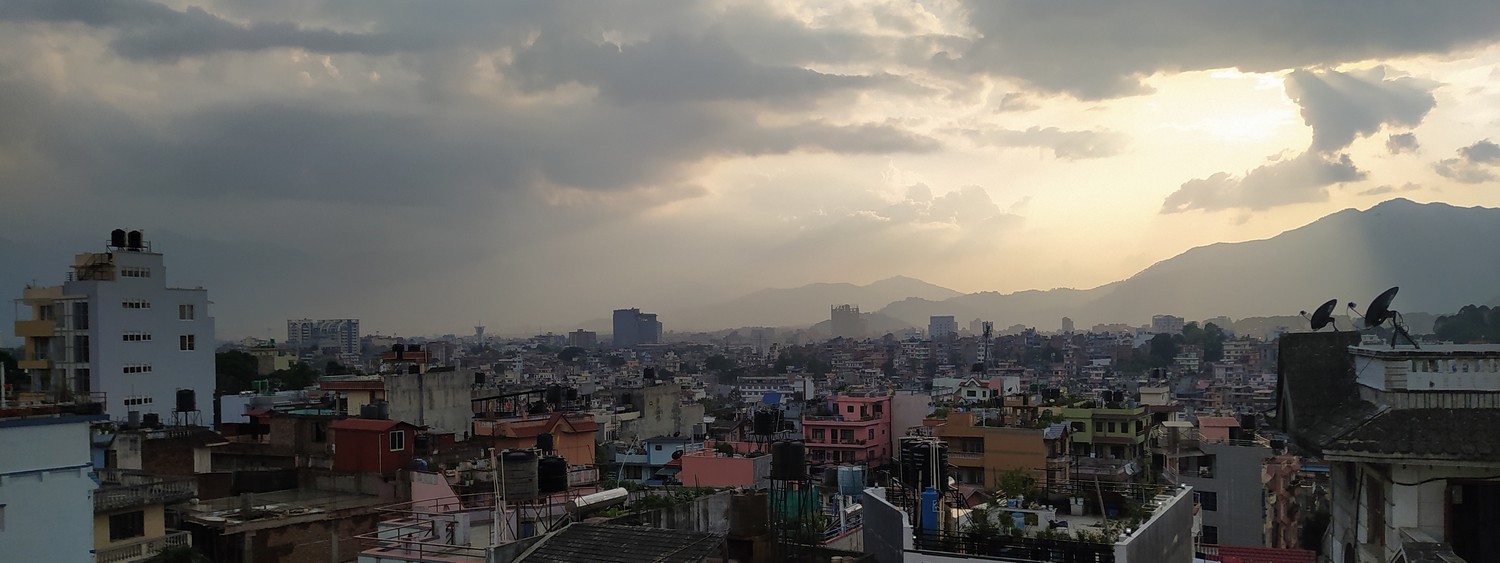Tests on the Sheetpress
Introduction
At the beginning of February 2023, Camille, Charlotte and Martin went back to France. I (Nathan) was supposed to leave too, but Idecided to stay longer in this fascinating country. If my idea was above all to discover more about this immense little country by traveling to its different regions and meeting the inhabitants, I still spent a bit more than a month in Kathmandu to complete the construction of the Sheetpress and run some tests on it. In this article we will discuss the results we obtained.
To make these tests, I was greatly helped by Simon, an architect from Kharsa School who is working to build a school in the Ruby Valley northwest of Kathmandu. The Kharsa team helps us a lot in preparing the building plans. Their experience of construction in Nepal is of great help to us. Thank them !
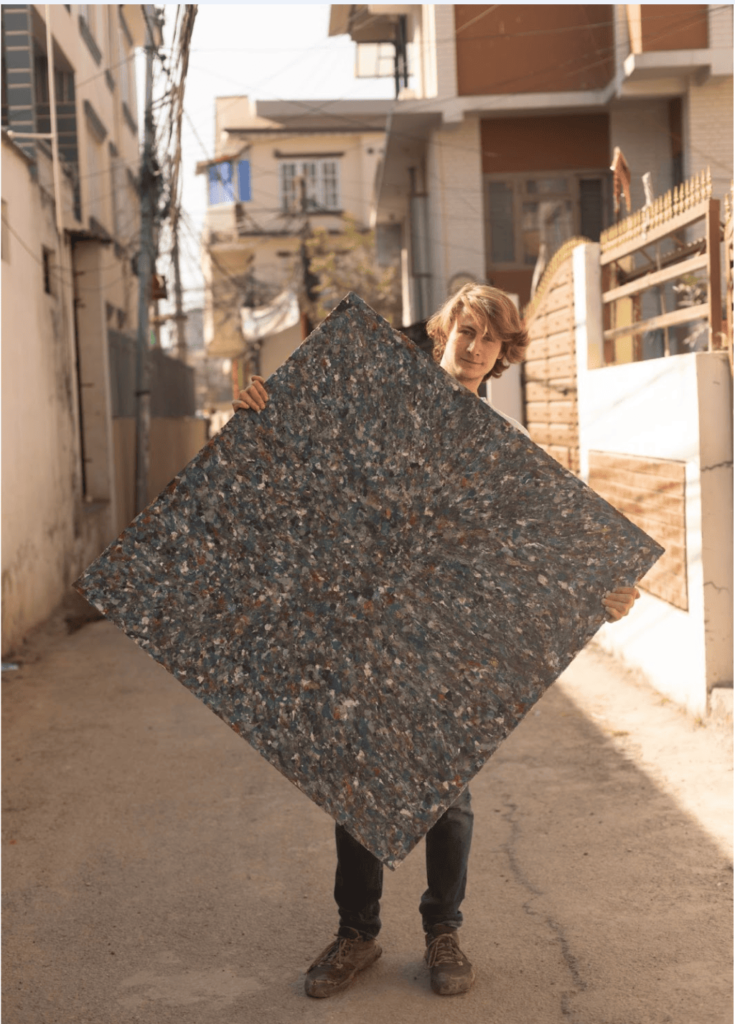
Over the long month spent working on the Sheetpress, we lost almost 2 weeks before really starting to do tests. The reasons are multiple, but are often linked to the notion of Nepalese time:
- First, the machine had to be completely finished. It wasn’t much, but electrical problems and the fact that we weren’t the priority for the factory we were working with delayed the work considerably. It then had to be disassembled, which is not an easy task either.
- We then had a short circuit problem in the machine which took us another two days to repair as we did not have the right tools and the electricity to test if it works was always quite uncertain.
- During this time, we were looking for a larger place to make tests, with three-phase. The person who supplied us with plastic was ready to accommodate us, but ultimately changed his mind after several days, causing us to waste even more time.
- We finally returned to the small room that Namgyal rent to us, but it took two days to transport the machine and find people to help us reassemble it.

After all these adventures, we were finally ready to start testing ! In total, we carried out around fifteen tests with two different types of plastic, PP and HDPE [see Plastic in all its forms] and by varying the thickness of the sheets. The objective was to study the influence of different factors on the quality of the sheets obtained.
Protocol
We have established a protocol to follow for each of the tests on the Sheetpress. For this we need a mold, two metal plates and shredded plastic. Here are the main steps :
- Turn on the machine and set the desired heating temperature
- Close the machine with the jack and wait for the machine to reach the desired temperature (1h-1h30). Lubricate the metal plates and the mold during this time.
- Open the machine and put the bottom plate and the mold in. Fill the mold with shredded plastic until it is 2 or 3 times the thickness of the mold, spreading it well. Add the top plate.
- Close the machine and wait for the plastic to melt, paying attention to the leaks (around 1 hour).
- After cooling (in the Sheetpress or outside by keeping pressure on the plates), unmold the plate and clean its edges.
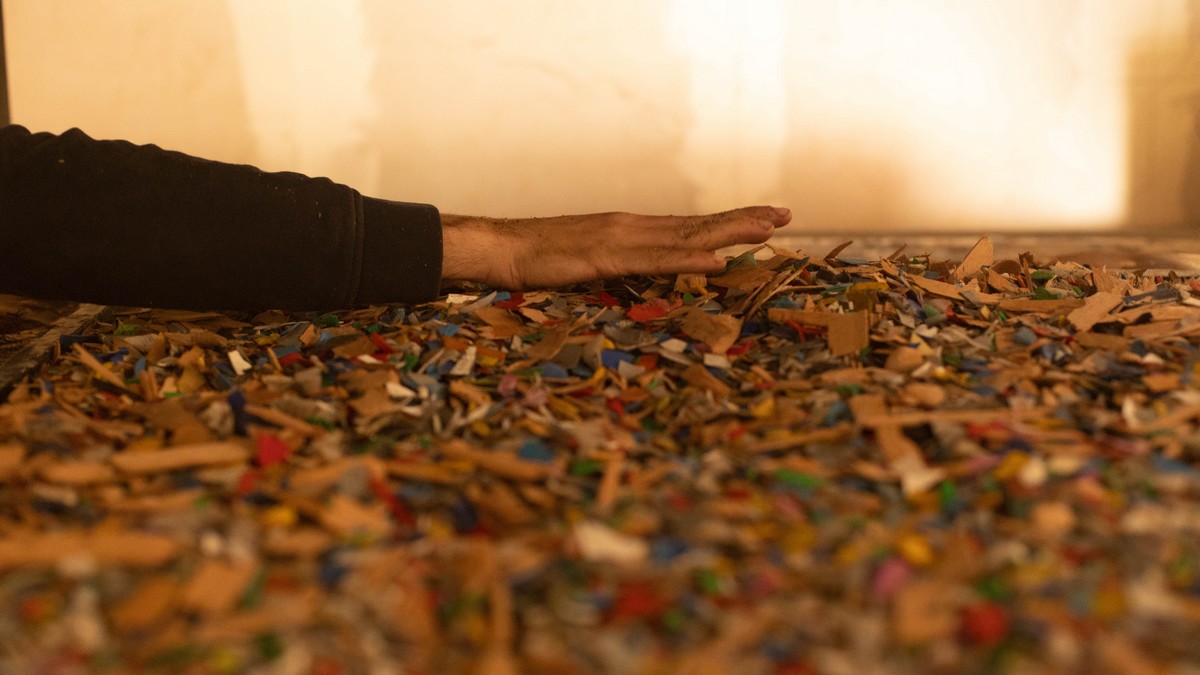
Study of the different factors
The first step was to understand what factors could be used to obtain sheets of best possible quality.
A first important factor is the type of plastic we use, and its filling : If it is easy to make a PP sheet because it becomes sufficiently liquid to fill the mold, it is more difficult to obtain a solid HDPE sheet which will tend to stick together at certain places and form holes in the sheet, especially at the edges. To avoid this, you must put a lot of plastic in the mold (2 to 3 times its thickness), even if this causes significant leaks.
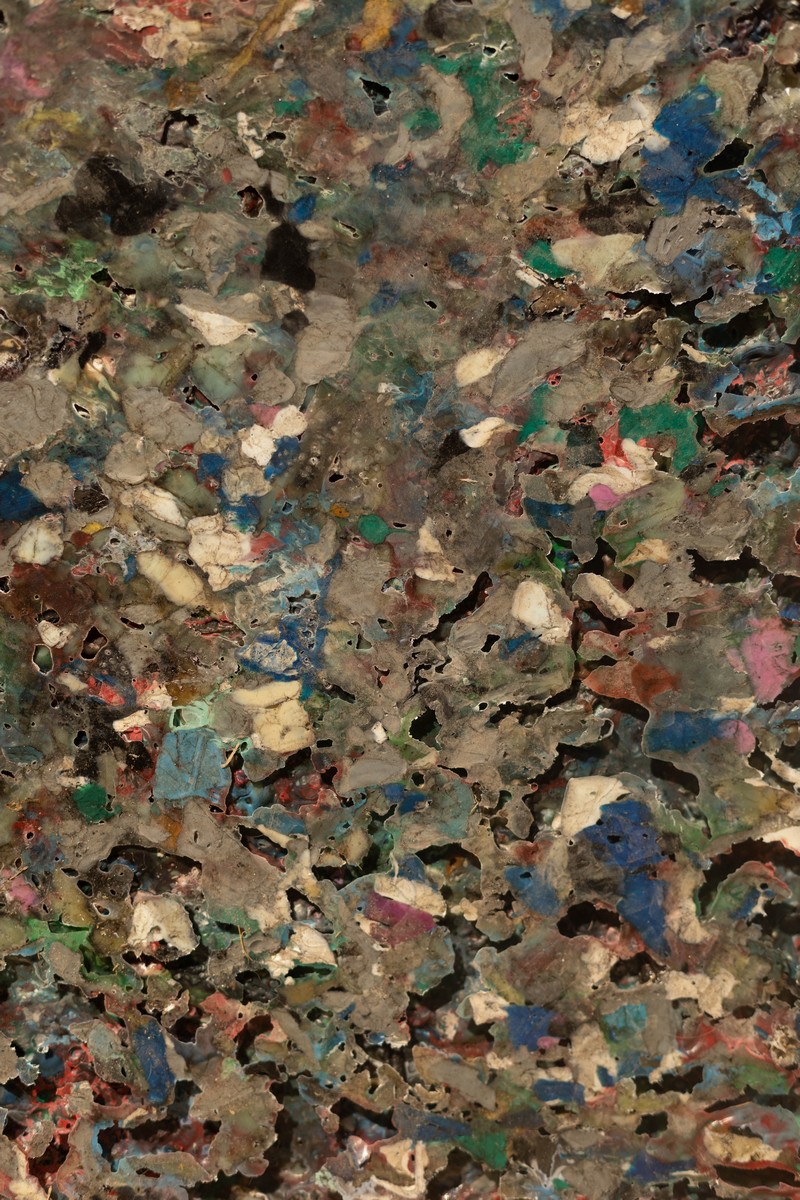
Another major factor, especially when using HDPE, is the choice of the metal for the additional plates. HDPE sticks to steel so much that it is impossible to unmold such a plate when it’s cold (and hot unmolding destroys it). You must use aluminum plates, to which HDPE sticks much less, those have to be thick enough in order not to tear when unmolding. Lubricant is added to facilitate demoulding ; more in-depth studies still need to be done to determine which lubricant is the most effective.

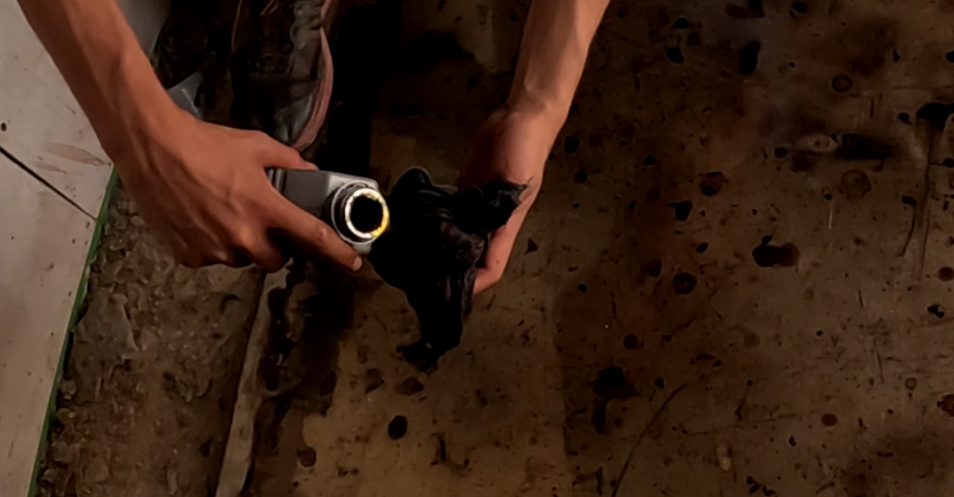
Crafting items
Now that we have sheets, we still have to do something out of them ! The possibilities are limitless. To make objects from the sheets we use different techniques close to those found in woodworking (cutting, assembling, screwing/nailing, etc.), we also use similar tools. But other techniques specific to the plastic material exist, such as bending a part by heating it (it is also possible on wood but more difficult) or welding two plastic parts together by melting some “filler plastic” where we want to weld the parts.

Firstly, we simply cut several 1mx1m sheets into 9 small tiles each in order to manufacture a plastic roof prototype directly in Khumbu. The idea behind this prototype is to see if this method is valid architecturally speaking (that the degradation of the tiles due to snow, rain, sun, etc. is not too fast) and environmentally speaking (that it doesn’t release any micro-particles into the water dripping on the tiles). Analyzes will have to be done.

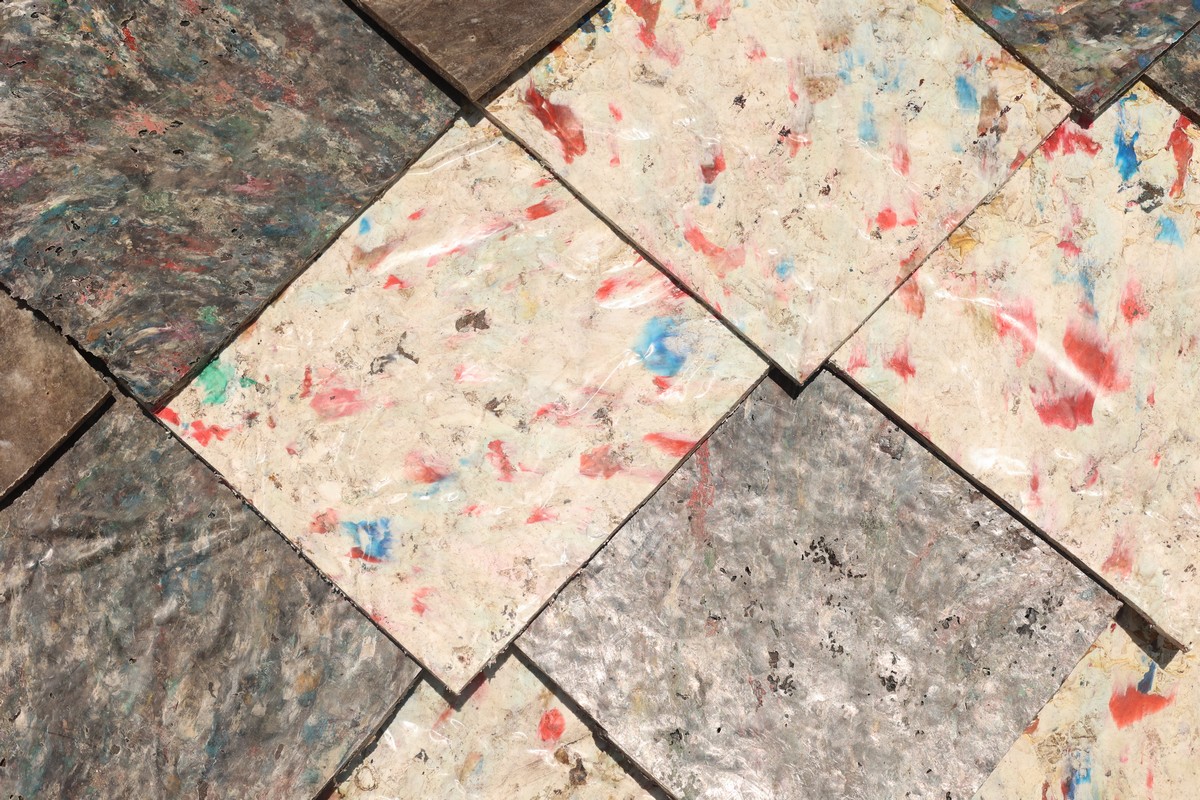
Secondly, we drew the plans of a small coffee table and built it with the tools we had (handsaw and heat gun). The idea was above all to test the welding of plastic elements, a big advantage of this material. The result is not exceptionnal due to the quality of our tools and that of the plate used (one of the first we got), but the coffee table fulfills its function !
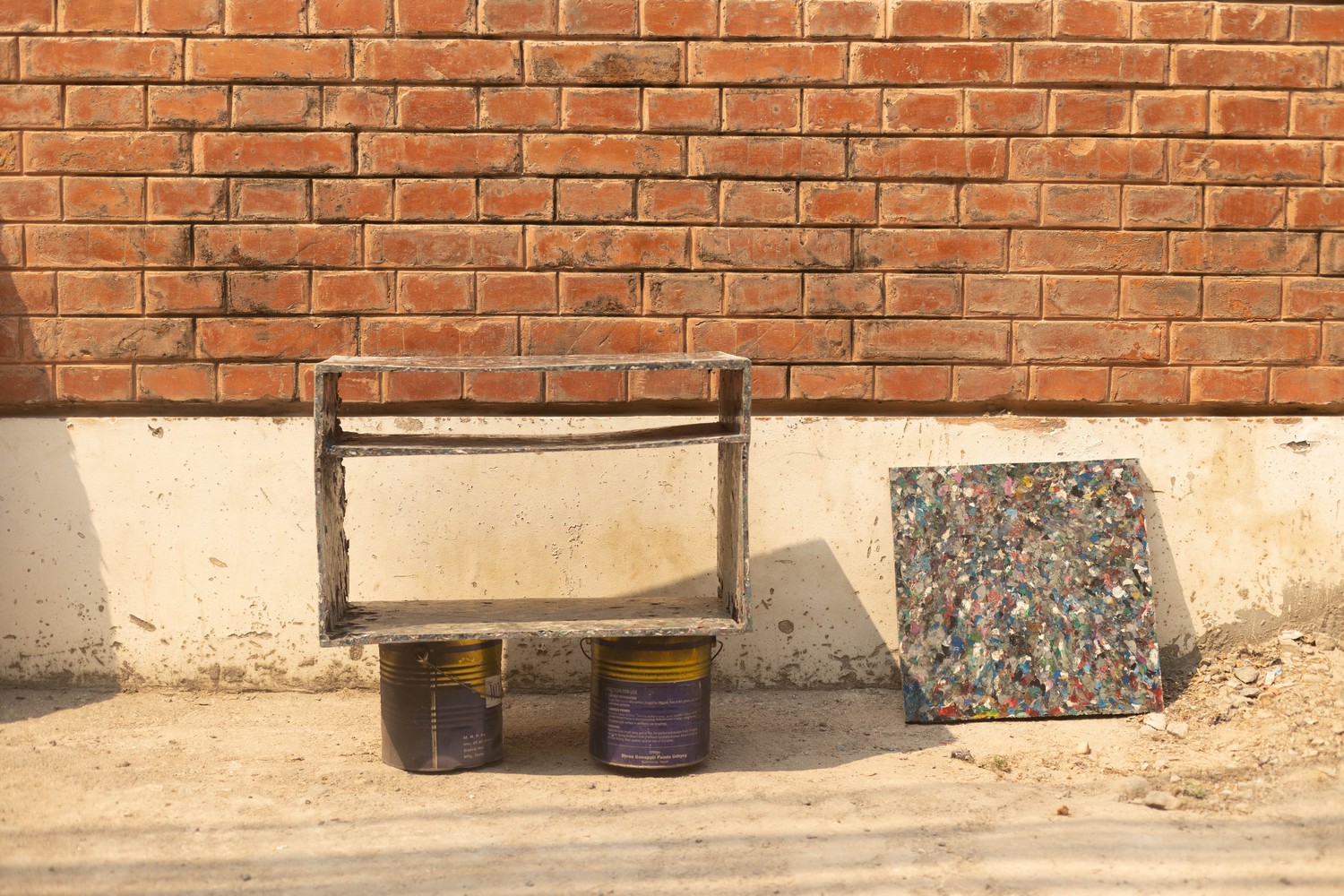
What is left to be done ?
To begin with, many other objects can be made from the sheets obtained and the next teams will work to test several of them in order to provide a list of ideas to the Nepalese who are going to work in the center, so that they can then experiment on their own.

Then, it would be interesting to test other types and shapes of plastic to make the plates, some examples :
- Packaging with an aluminum layer (100% or mixed with another more suitable type of plastic) : It would be a significant advantage to be able to recycle this type of plastic in the Sheetpress given that it represents a good part of the waste found in the Khumbu.
- PET bottles (100% or mixed with another more suitable type of plastic)
- LDPE plastic bags (without prior shredding ?)
- Mixture of plastic and wood chips to maximize the number of sheets produced.
Working more on the thickness of the sheets, depending on their use, would also be interesting.
Conclusion
This month spent in Kathmandu allowed us to better understand how the Sheetpress works, it is an essential knowledge for further operations even if there are still a great number of tests to be done on this machine in order to explore all its possibilities. It will be the next team who, with the help of Madindra, will continue testing it.
